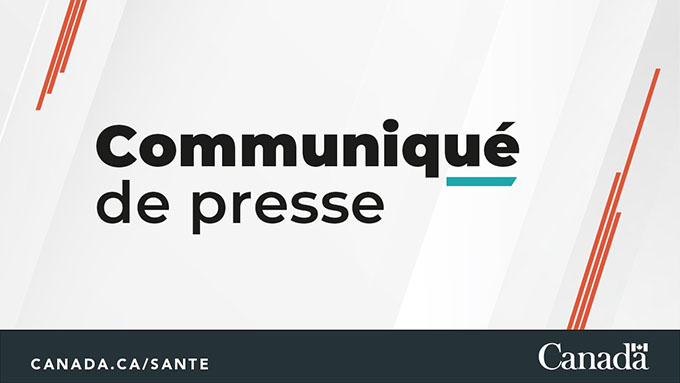As of September 13, five times more cases of tuberculosis were reported on the north coast than in 2022. This contagious infectious disease, which primarily affects the lungs and respiratory tract, primarily affects the region’s indigenous communities.
“A total of 10 cases were reported in the region, compared to two cases in 2022,” reports Pascal Paradis, communications manager of the CISSS de la Côte-Nord.
Cases were listed by place of residence. Sept-Îles and Kawawachikamach each have one case. There are two in one place: Uashat Mak Mani-Utenam, Pessamit, Mingan and Matimekush-Lac John.
There was also one death.
Therefore, an increase in cases is being observed in the region.
“The cases we have identified are related to reactivation,” reports North Coast Public Health Director Dr. Richard Fachehoun. “These are people who have had cases of tuberculosis in the past but have not received preventative treatment or not taken their medication. In the two years following this exposure, or when people suffer a loss of their immune system (diabetes, immunosuppression, etc.), the microbacteria multiply and the person becomes contagious,” he explains.
“From 2019 to 2020, the annual average was four cases. “In 2021 and 2022 we had two cases per year,” specifies Dr. Fachehoun.
The rate of tuberculosis among community-dwelling First Nations people is 40 times higher than among non-Indigenous people born in Canada, according to a document prepared by Health Canada.
In the same document entitled tuberculosis in indigenous communities, We can read that the factors that increase the risk of actively developing tuberculosis are: crowded and poorly ventilated houses, food insecurity, smoking and other diseases such as diabetes.
Social illness
Even though the facts show a clear presence of cases in indigenous communities, Dr. Richard Fachehoun emphasize that tuberculosis is a “social disease” that does not only occur among them.
“I emphasize the fact that this is a social disease that does not only occur in communities,” he adds. “These factors are everywhere. We have them among non-natives and locals. All social and housing problems can contribute to transmission. »
New treatment
A new treatment makes it easier to take the medicine. The old method was once a day for four months.
“People don’t always accept that,” says Dr. Fachehoun.
Current treatment only occurs once a week and lasts twelve weeks.
“It really makes it easier to take. »
Complex action plan
Public Health is currently working with communities to eliminate tuberculosis in the region.
Part of the protocol is in progress but not yet fully implemented.
“Now that we have cases in the community, we are focusing on cases and contacts,” he explains.
The aim is to detect and treat cases of active tuberculosis very quickly in order to contain the spread, he explains. Then, in the medium term, carry out a screening of all those at risk in the population.
People aged two and over who have not had recent tests can then determine whether they have been exposed and whether they have latent tuberculosis, which could be activated when their immune systems are weakened. .
“If we see someone who has a latent infection, we offer them treatment,” he says.
The protocol for people who are not contact cases will be implemented in the coming weeks or months. A lot of planning is required before you begin.
“We have to plan the number of people to be screened. From this number, we must expect that there will be people who will be positive, so we must plan the service corridor or the X-rays to be carried out and ensure that people are treated with the new protocol,” specifies Dr. Fachehoun.

Award-winning entrepreneur. Baconaholic. Food advocate. Wannabe beer maven. Twitter ninja.






